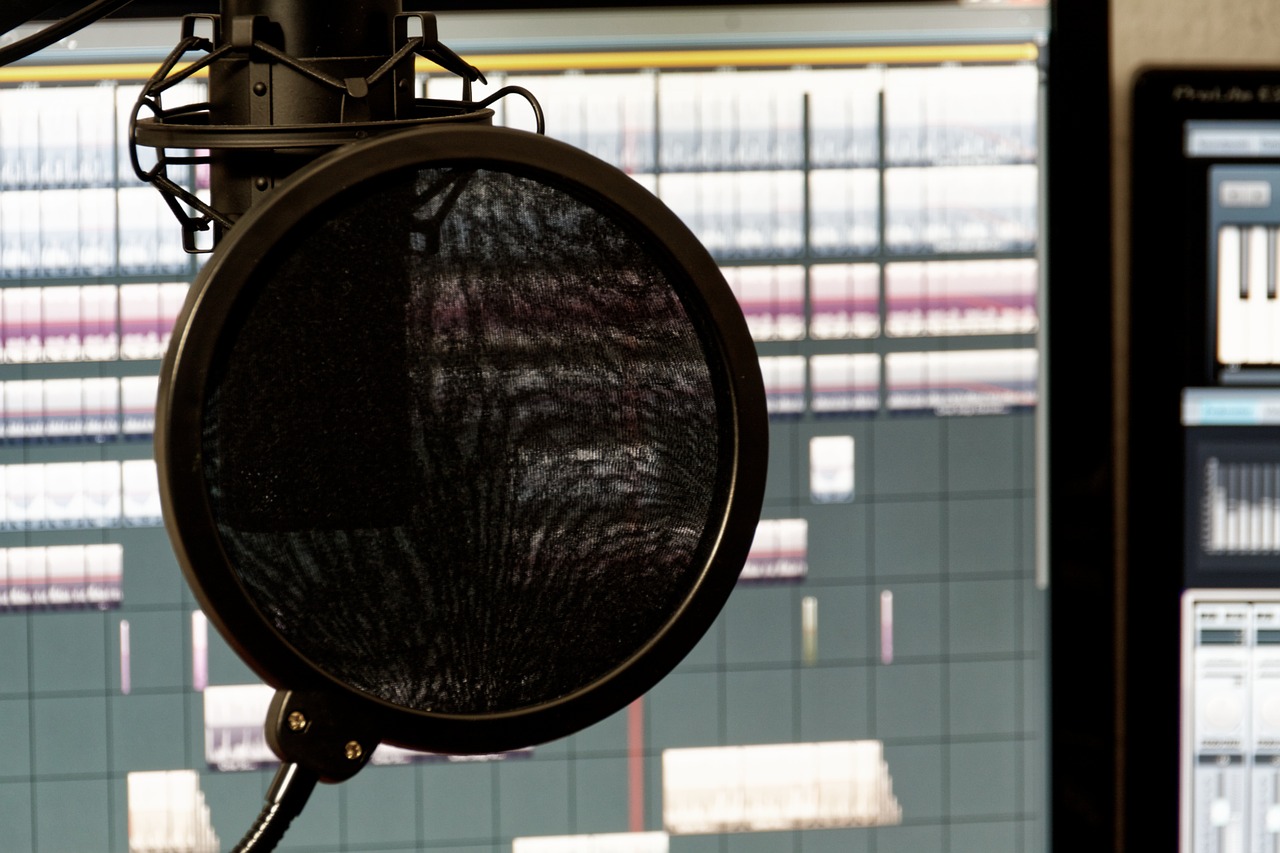
Getting your hands on sound engineering software isn’t difficult and you can produce quality tracks with even open source apps. Opting for premium apps or software is always an option but for beginners or hobby enthusiasts, you won’t likely take advantage of many features that paid or professional level sound engineering sources have.
An added benefit to starting with open source tools, aside from the savings in not immediately splurging for the premium, is the option to eventually upgrade when you hone your skills enough to need to progress to the premium tools or version of the app.
The tools, apps, or software programs below for music production or sound engineering can be beneficial for users looking to create their own podcast intro, video sound overs, music for their website, office, or waiting room in addition to newbie sound engineers.
Audacity is a free multitrack audio editor, primarily providing users the ability to record and edit music or language and save the tracks in MP3, OGG, or WAV audio formats. Audacity works by having users upload an audio file to edit, improve sound, or arrange songs. You can record music at the line-in-channel of the sound card, p
The free multitrack audio editor Audacity provides functions for the recording and editing of music and language in the audio formats MP3, OGG and WAV. You upload the audio files in Audacity and prune, improve or arrange your songs. Tools including cut, copy, and paste are enabled as well as mixing and the addition of sound effects, like increased speed or echo effects.
Audacity does have some ability to reduce or remove background noise and it does allow you to import sound files into a current project.
Overall, there are about 30 free filters, with the opportunity for more to be added. It can be installed on major operating systems like Windows, Mac, and Linux.
This program is a hard disk recorder with an audio workstation program that allows for full automation, sophisticated mixing, and supports multiple audio formats, including professional formats like Wav64 and broadcast.
Ardour also has tools like crossfades and undo/redo—an especially helpful tool considering Ardour also allows you to hear changes in real time. If you don’t like it, you can undo it with ease. Ardour also allows effects to be applied semi-destructively.
You can get Ardour by installing on OS X or downloading and installing Ubuntu Studio. It does support native Linux plugins (LV2 and LADSPA) which can be inserted into individual tracks or the master channel.
Traverso DAW can only be used on Linux but is considered a complete multi-track recording and mastering software. Traverso can record, edit, mix and master, and burn tracks in unlimited number—which can be great for beginner musicians looking to mix their own CD.
Traverso offers an endless list of effects and has user-friendly functionality and usability. Sounds can be imported from WAV or FLAC files or can be recorded via microphone. Users can cut tracks, add crossfades, and arrange non-linearly or on timelines.
Also only available on Linux, QTractor is fully equipped to mix tracks—no more 8-track version! This program is perfect for newbies who want to focus on electronic music production.
Geared for basic sound editing with drag, drop, cut, move, copy and paste, repeat, split/merge, and delete all-inclusive. QTractor has built0-in patch bay and also allows for unlimited redo/undo.
Linux MultiMedia Studio (LMMS) freeware is an excellent alternative to commercial DAQs like Cubase or Logic Pro. LMMS allows for entire songs to be composed without even having to plug in an instrument—just drag and drop an instrumental plug-in!
LMMS includes pre-made sounds and a library of samples. You also have access to synthesizers and effects like equalizers, compressors, and simulations. You can import/export MIDI files as well—even from a computer keyboard—but you cannot record external instruments.
LMMS also allows users to edit individual tracks, adjust effect settings, and automate parameters; an ideal tool for sound engineers to hone their skills.
If you do your research into each freeware option and identify what it is you need most out of the programs, you can identify which audio editing program best suits your needs. Once you get rolling, you can opt for professional level editing programs—or try your shot at becoming a sound engineer/music producer for ShinyTracks.